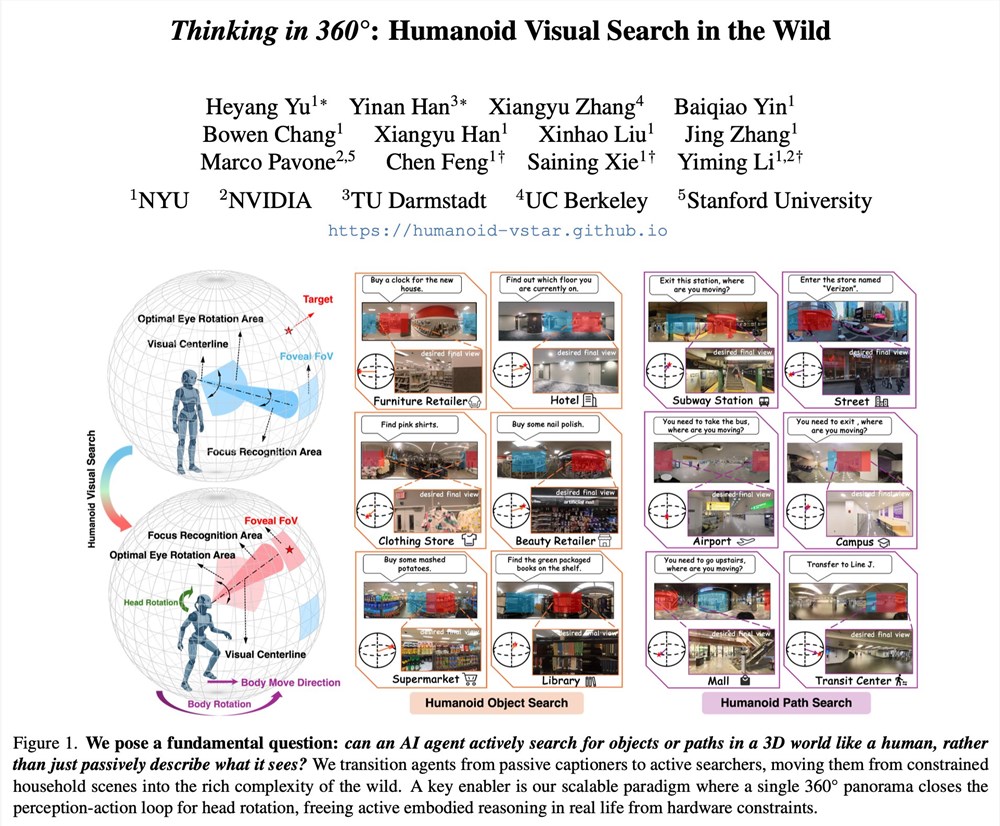Xiaomi today revealed the imaging configuration details of the REDMI K80 series smartphones, marking a comprehensive enhancement in photography capabilities for this series.
The REDMI K80 series will feature a flagship high dynamic main camera (Light Hunter 800 sensor, supporting OIS optical image stabilization), a flagship floating telephoto lens (50MP), and a high-resolution ultra-wide-angle lens (32MP), meeting users' demands for high-quality photography.
The REDMI K80 Pro is equipped with Xiaomi AISP 2.0 technology, which supports 150 full-algorithm high-quality snapshots, providing users with a rapid shooting experience. Xiaomi AISP 2.0 includes integrated optical model 2.0, tone model 2.0, color model 2.0, and portrait model 2.0, all of which will further enhance the imaging processing capabilities of the K80 Pro.
Additionally, the flagship floating telephoto lens on the K80 Pro supports 2.5X optical zoom, OIS optical image stabilization, and a 10cm super macro feature, making shooting in various scenarios more flexible and stable.

REDMI product manager Hu Xinxin emphasized during the introduction of the K80 series that the K series, as the high-end line of the REDMI brand, is positioned to compete with the previous Xiaomi digital series. Starting with the K80, REDMI has undergone comprehensive upgrades in optics, tuning, and algorithms, not only providing the highest specifications for the main and ultra-wide-angle lenses but also introducing a floating telephoto lens similar to that of the Xiaomi 15, covering eight classic focal lengths.
Hu Xinxin stated that REDMI has inherited high-end imaging aesthetics, tuning capabilities, and upgrade experiences. The camera delivery goal of the K80 series is to fully match the Xiaomi 15; apart from the Leica brand, everything else has been provided.
Between the K80 Pro and the standard version, REDMI has made a distinction: the standard version maintains consistency with the Pro in terms of the main camera and experience but does not include the more expensive floating telephoto configuration, thus offering a lower-priced option. This indicates that REDMI is considering the needs and budgets of different user groups while pursuing a high-end imaging experience.







